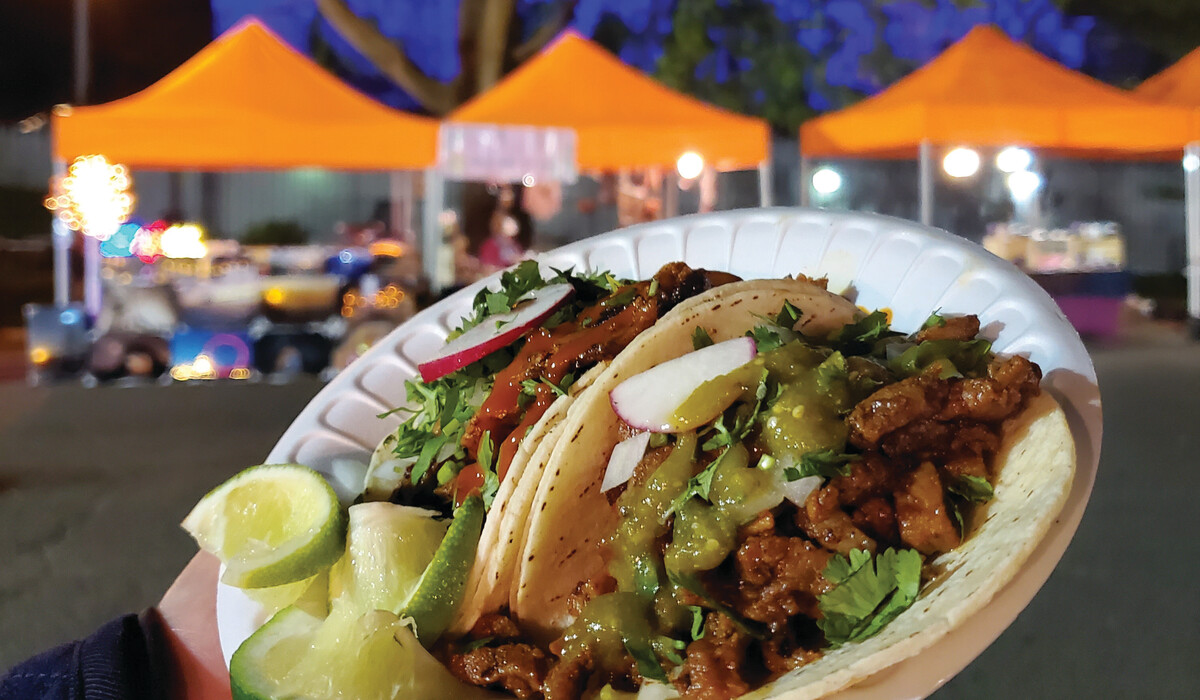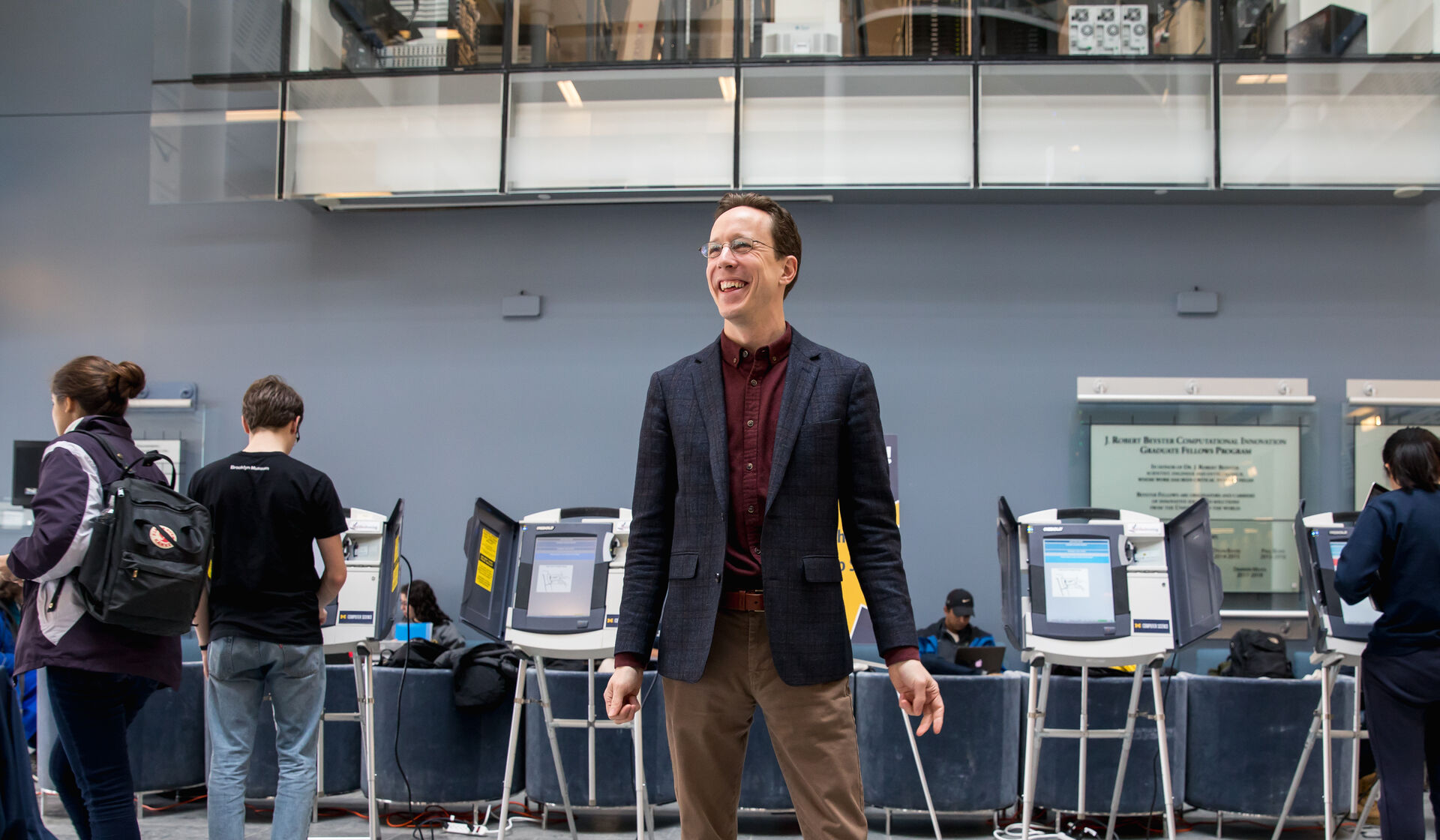Queens Night Market was meant as a love letter to New York City, a mosaic homage to the diversity that makes this city so enchanting, so enriching, and so enthralling. On Saturday nights, in personifying that adoration, we host about 70 local, independent vendors slinging dishes from all over the globe and have represented over 90 countries so far through them.
Food was meant to be a unifying bridge across cultural, socioeconomic, and social divides — the bread meant to be broken. It was meant to be a kind of disarming travel guide, to be the conduit rather than the destination. As such, I’ve never thought of the event as a “food festival,” but food has undoubtedly taken centerstage. And its curation has resulted in much attention.
From the start, I imposed one major price restriction and two curatorial parameters as guiderails in pursuit of my vision to make the event NYC’s most affordable and most diverse community space:
- No food could cost visitors more than $5 (although we started permitting some $6 exceptions a few years ago).
- Vendors needed to offer something that they personally grew up eating.
- No more than two vendors could represent the same country on any given night.

One foundational conjecture of Queens Night Market was that affordability represents the greatest equalizer, especially in a city of such staggering wealth disparity. Another hypothesis was that diverse representation in vendors facilitates diverse representation in visitors. A common scene: grandchildren convince their grandparents to attend by promising dishes that will remind them of the country they once left, and after arriving, manage to convince the grandparents to try something uncomfortably far beyond their typical culinary boundaries.
But despite food curation as a gateway to diversity, I did not set out to make any statements or take any stance about authenticity or appropriation. In fact, I tend to skirt those kinds of debates as passionately as I avoid mayonnaise, beets, and pistachios.
I can’t imagine being any arbiter of authenticity, and I barely even know what the concept is supposed to convey. Branding something inauthentic almost suggests mens rea, and venturing into the internal motivations and aspirations of a chef seems speculative at best, potentially frivolous, and perilous at worst. When I stand amateurishly in my kitchen, all I’m thinking about is not undercooking the meat and praying that the lid to the garlic powder stays fastened this time.
Maybe intent matters more for those who view restaurants and menu creation as societal salvos and believe that a certain degree of social responsibility should attach to the halo of culinary celebrity (FYI, I did thoroughly enjoy watching “The Menu”). Maybe it matters most what chefs seem to be signaling with their claims of authenticity.
Instead, in curating food for Queens Night Market, I focus on what I consider “traditional,” while also balking at any implicit minimum timescale, a thresh-old of cultural salience for qualifying as a tradition. Surely traditions can be practiced at societal, cultural, familial, or personal levels and still have meaning.
Our vendor application correlates a “culinary tradition” with “something personally important to the applicant that they grew up eating.” This essentially renders moot any fixation on the telephone-game perturbations in recipes and culinary techniques across generations, and focuses instead on the only time horizon any of us can really experience firsthand: our own lifetime.
While one might be tempted to think that this undermines the cultural gravitas of the curatorial process, what I’ve found is that this process does a decent job of preserving nuanced cultural practices, albeit fleetingly. The ends might justify the means, but I never bothered trying to justify the means in the first place.
When our food vendors apply to sell food they grew up eating, it’s necessarily a backward-facing tribute, whether it reaches back a few years or a few generations. The curation does preclude the very latest culinary inventions and innovations, but not out of principle. While some might consider ramen burgers, sushi burritos, and cronuts abominations or Franken-stein fusions that should never exist and others might consider them true progress, we make no value judgment whatsoever. If those epicurean inventions having staying power, they’ll no doubt be considered traditional in due time.
Whether we’re temporarily prolonging a method for preparing Spam or a centuries-old technique for pulling noodles, what matters to Queens Night Market is that the collection of such offerings serves our social mission. Our curatorial and operational decisions have been mostly agnostic about which food should play a supporting role and more concerned that it does play that role.
There might be some marketing value in calling something traditional or authentic, but there’s also marketing value in focus group-vetted adjectives that don’t mean much, like craft, harvest, and artisanal. So I say we just eat. With a little tongue in our cheek.

John Wang, ’03, is the founder of Queens Night Market in New York City and the co-author, with wife Storm Garner, of the award-winning cookbook “The World Eats Here” (The Experiment, 2020).





